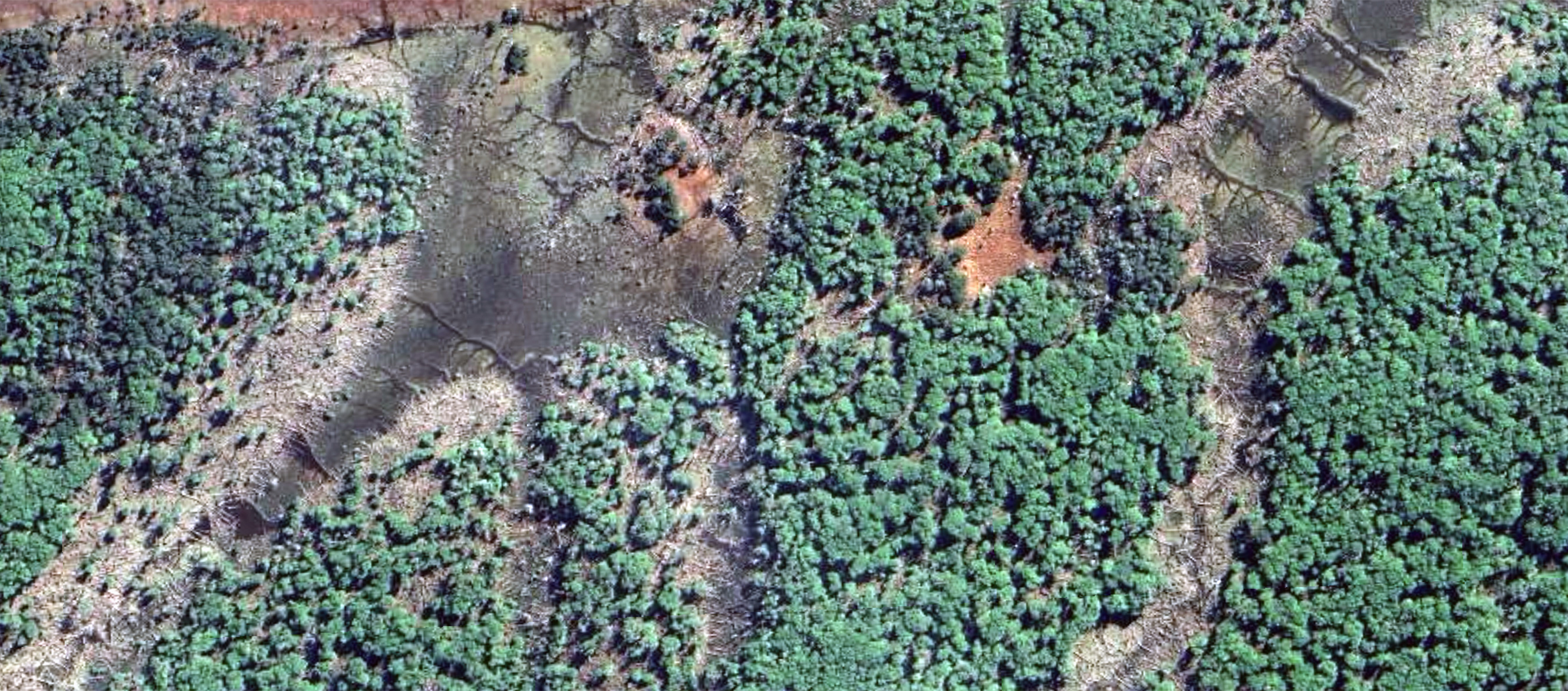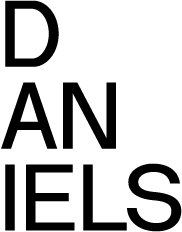
Animal-Vegetable-Mineral: Architecture Beyond Human Construction
ARC3305H
Instructor: Claire Zimmerman
Tuesdays 9:00am - 12:00 p.m.
The common beetle Rhynchites Betulae constructs its nest by cutting and folding a leaf with geometric precision. Every beetle does it the same way, without instruction. The fungus mycellium has been building physical networks for centuries, and these have proven to be strong enough for non-structural construction, as well as sites of remarkable communications networks. Caves and erosion have provided dwellings—and “canvases”—for humans and animals since Lascaux or before. Such constructions have been marveled at by human animals for centuries. How do they happen?
This course considers aspects of multi-species and non-human architecture, including animal constructions, human projections about animal life, self-propagating systems like funghal architecture, naturally occurring habitations as subsequently occupied by humans and animals, and “feral life” (Anna Tsing). Through these examples, we will explore the general category of the “posthuman.”
We will look at these categories as they appear in the built environment, sometimes apart, and other times together. We will read from architectural history, biology, critical theory, ethics, and animal studies. We will visit Buffalo (if we can cross the border) to see the work of Joyce Hwang and Ants of the Prairie.
Image: Canadian beavers engineer Patagonia (credit: Google Earth).

